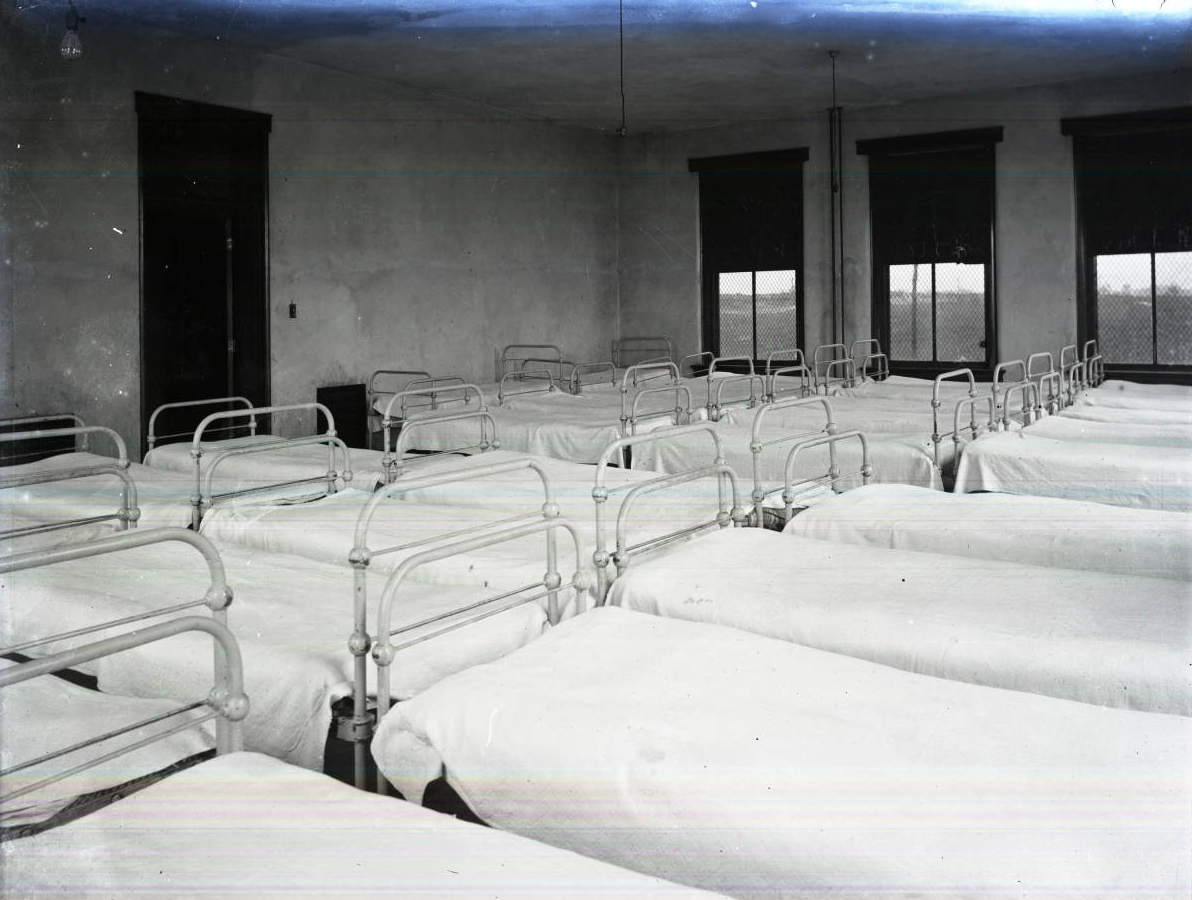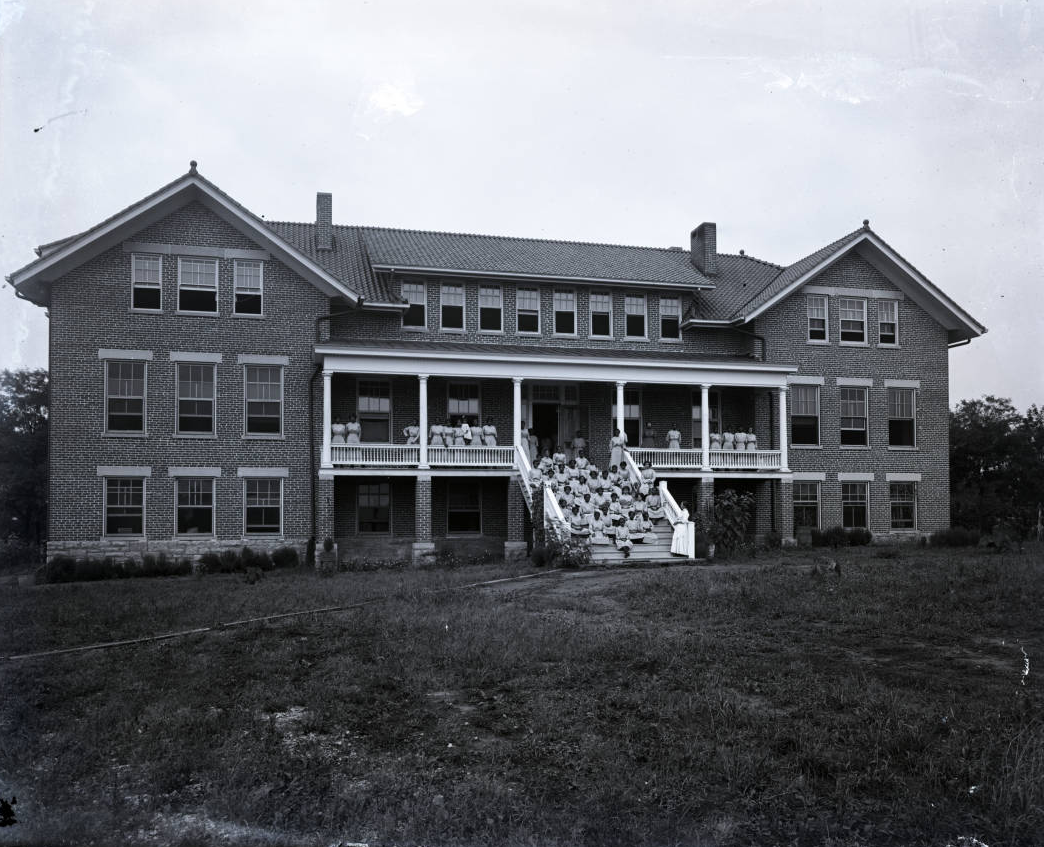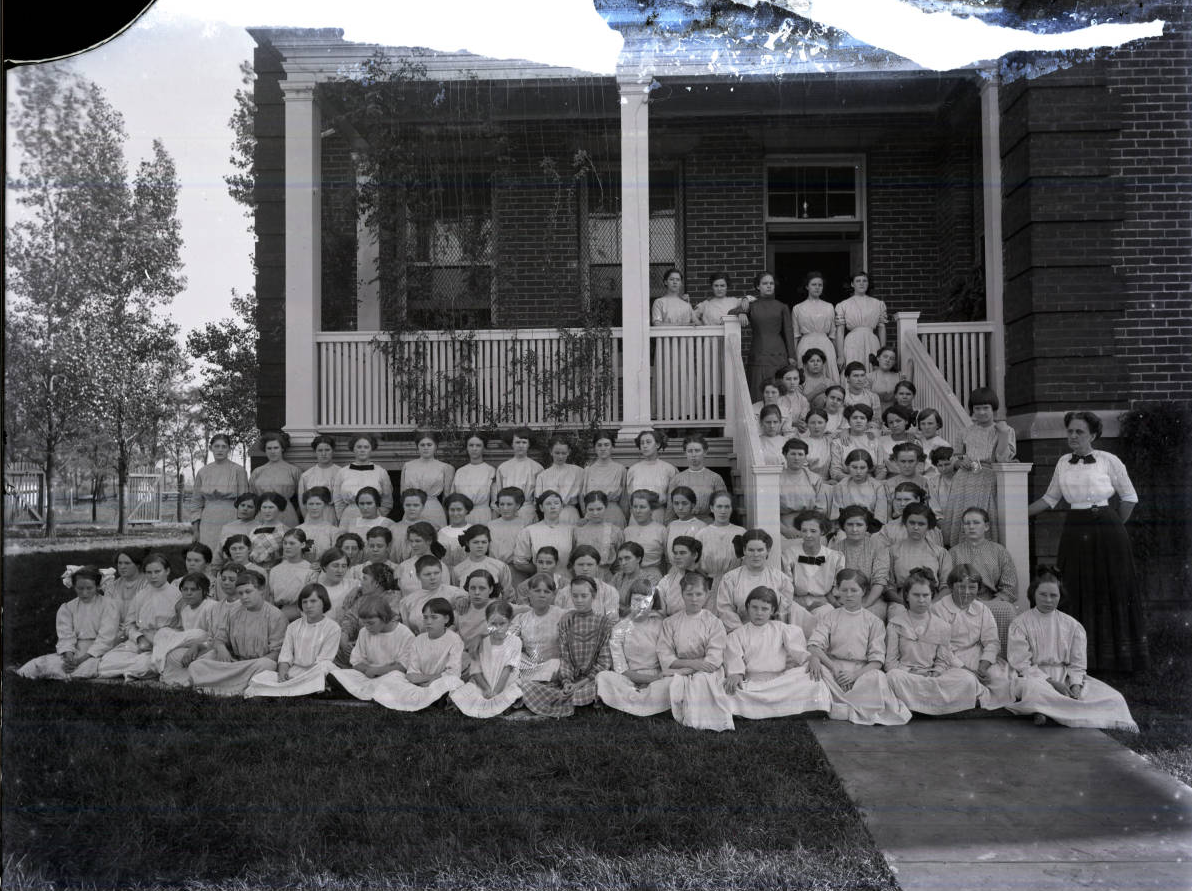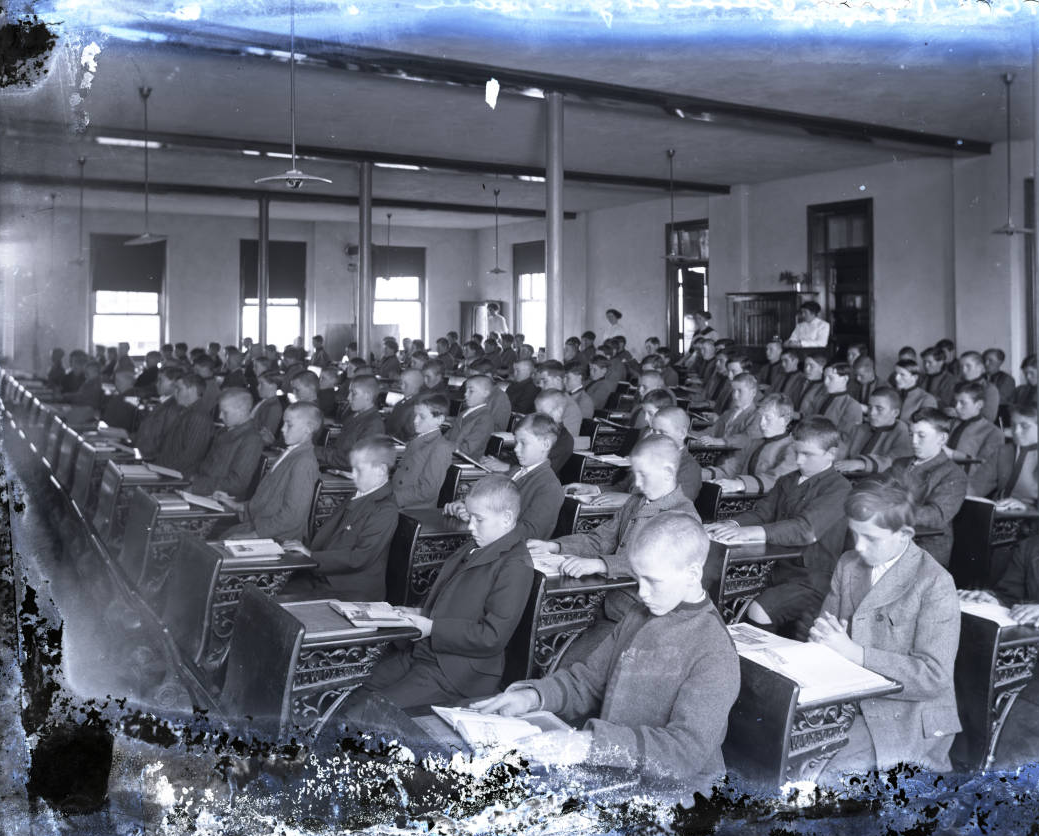History
In 1897, legislature establishes a House of Reform on a 200-acre tract at Greendale in Fayette County. Both boys and girls are sent to this institution in ages ranging, from 8 to 21. Children are worked on the farm and in the rock quarry. (Vocational training did not begin until the late 1940’s and early 1950’s.) Whippings, “the hole”, and leg chains with thirty-five pound weights were used to control inmates.
This institution was later renamed Kentucky Village, or the Greendale Reform School. In 1970 Nunn paid a surprise visit to the institution early in his term and was appalled by conditions there. The state switched to a system of regional centers geared to specific age groups, interests and seriousness of offenses. Greendale is converted from use as a juvenile facility to use as a minimum security institution by the Bureau of Corrections. This facility is later named Blackburn Correctional Complex in honor of Governor Luke Blackburn who pressed for prison reform in the 1880’s.
House of Reform Gallery
(Photos from the Kentucky Department for Libraries and Archives and University of Kentucky)
Contributed by Phil Tkacz | contact@kyhi.org
⁘ Works Cited ⁘
- Commonwealth of Kentucky (Frankfort, Kentucky). Report of the State Board of Control for Charitable and Penal Institutions to the Governor of the Commonwealth of Kentucky. OCLC 22134071. Special Collections, Kentucky Department for Libraries and Archives, Frankfort, KY.
Important note:
If you would like to use any information on this website (including text, bios, photos and any other information) we encourage you to contact us. We do not own all of the materials on this website/blog. Many of these materials are courtesy of other sources and the original copyright holders retain all applicable rights under the law. Please remember that information contained on this site, authored/owned by KHI, is provided under a Creative Commons Attribution-NonCommercial-NoDerivatives 4.0 International License.
Photographs, text, illustrations and all other media not authored by KHI belong to their respective authors/owners/copyright holders and are used here for educational purposes only under Title 17 U.S. Code § 107.








